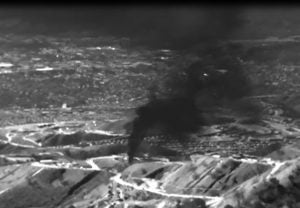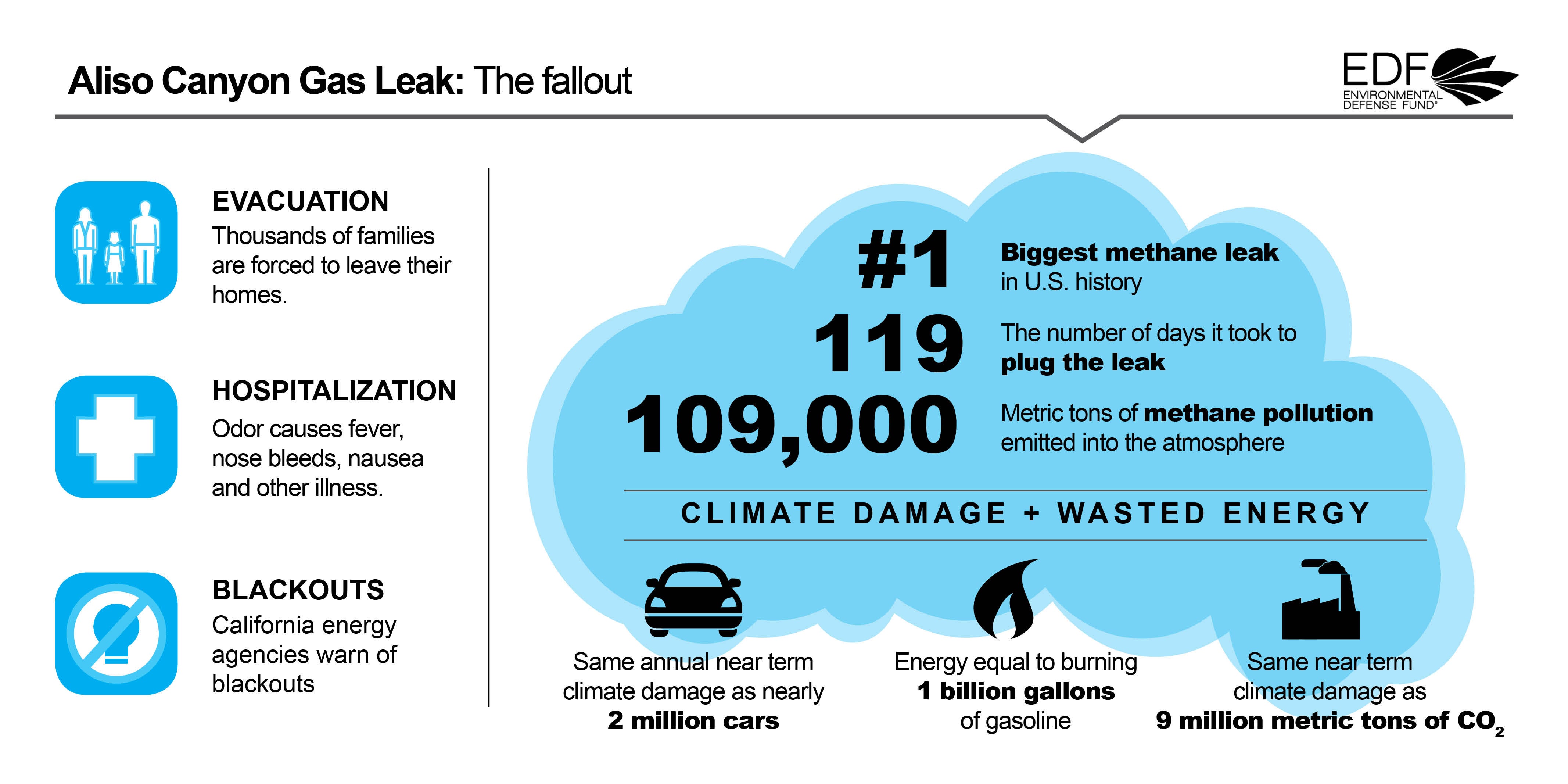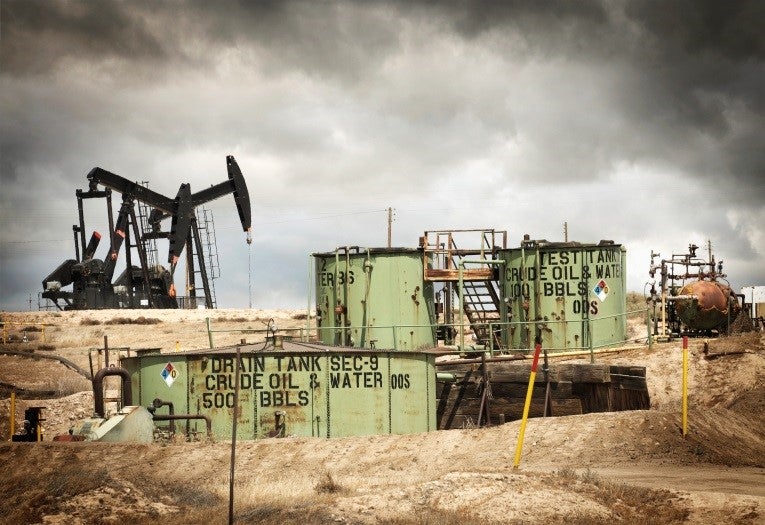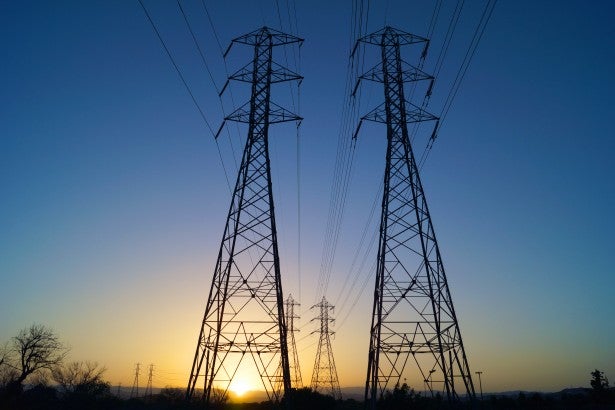 In early 2016, southern California awoke to the harsh reality that reliable operation of the regional energy system might be tied to a single aging natural gas storage field called Aliso Canyon, where a catastrophic blowout that started the previous October was not closed until February. So while Southern California Gas Company got to work to repair the facility, several government and private institutions also went to work assessing whether the facility was actually needed in the first place.
In early 2016, southern California awoke to the harsh reality that reliable operation of the regional energy system might be tied to a single aging natural gas storage field called Aliso Canyon, where a catastrophic blowout that started the previous October was not closed until February. So while Southern California Gas Company got to work to repair the facility, several government and private institutions also went to work assessing whether the facility was actually needed in the first place.
Last week multiple state agencies issued a verdict that Aliso Canyon is now safe, and giving the green light to increase the gas stored in it on a limited basis. The decision caused an outcry from nearby residents, but it should also be a concern for utility customers throughout the region.
But what if we don’t need the facility at all? Why take the risk? The latest analysis strongly suggests we don’t have to. Read More










 More than a year and a half after the Aliso Canyon natural gas storage facility caused more than 100,000 tons of methane to leak into the atmosphere – amounting to be our nation’s largest-ever gas leak, California regulators continue to labor away at improving the rules that could prevent another gas storage disaster.
More than a year and a half after the Aliso Canyon natural gas storage facility caused more than 100,000 tons of methane to leak into the atmosphere – amounting to be our nation’s largest-ever gas leak, California regulators continue to labor away at improving the rules that could prevent another gas storage disaster.


